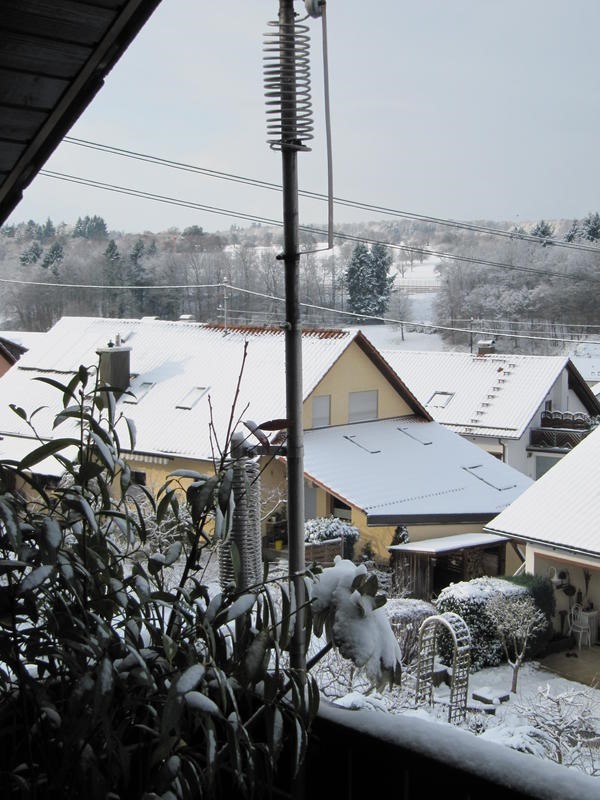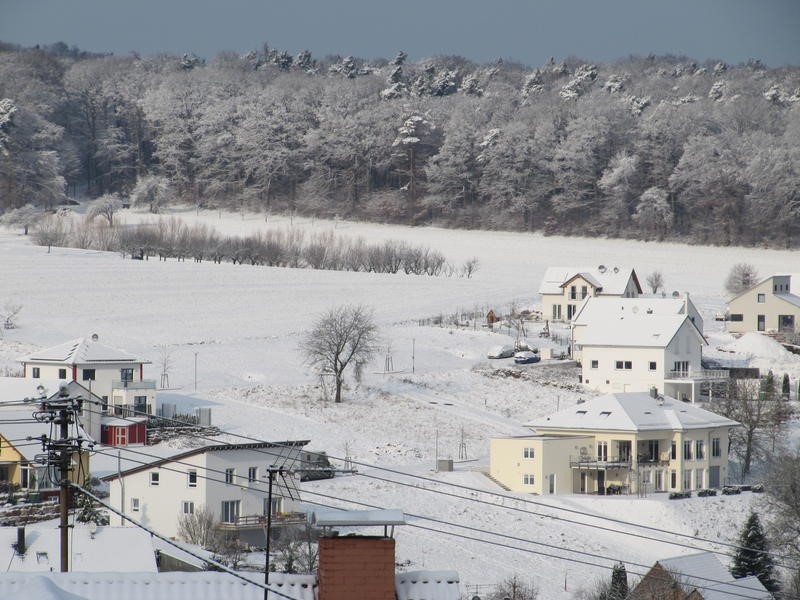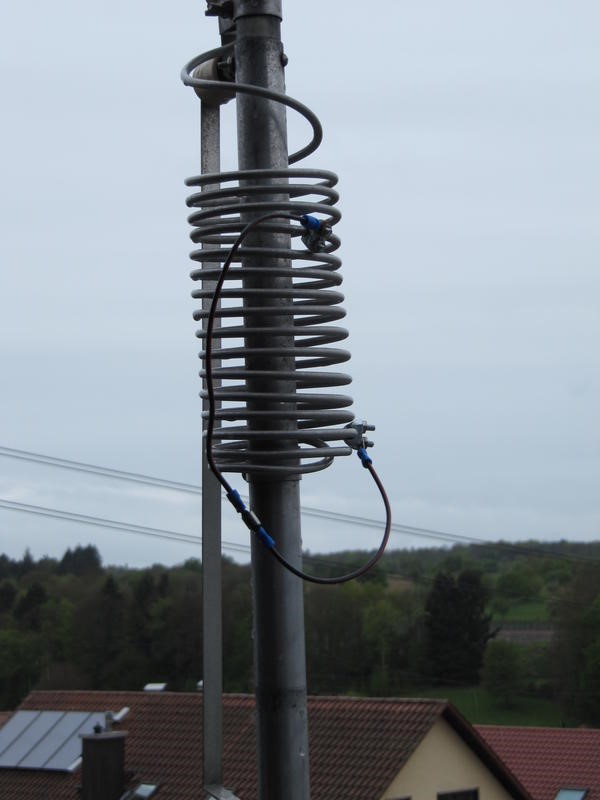Editor’s Note: Butternut has been a respected brand and antenna design for decades. DX Engineering felt strongly enough to step in and acquire this company when it was closing its doors in 2015. Because of this acquisition, and DX Engineering’s continuation of manufacturing this antenna line, Butternut Multi-Band Vertical Antennas, accessories, and repair parts continue to be enjoyed by Hams worldwide.
Today’s guest blogger, Harry Meier, DK2GZ, from Karlsbad, Germany, chronicles his amazing DXing success using Butternut Vertical Antennas.
…
I passed my exam and received my Ham Radio license in 1980. I have been a Butternut antenna junkie from the very beginning. I have always used the Butternut HF9V at home—that being in several different locations over the years.
The first Butternut HF9V 9-Band Vertical Antenna (which is still in use!) was purchased in the United States over 25 years ago while I was touring the West Coast of the U.S. in a motorhome.
My Butternut has seen various configurations over the years. The HF9V was sometimes ground mounted, sometimes elevated, and for the past 15 years or more has seen service mounted on the second floor balcony of my home. Likewise, the radial system has had various looks and adaptations. Currently, I am using chicken wire that lines my balcony. I’ve included some photographs taken from the balcony location.
I love working the low bands! 40, 80, and 160 meters are my favorite places to spend time. Utilizing an antenna with such a small footprint hones your operating skills. These good skills are necessary to realize success when it comes to DXing on the low bands with a 26-foot vertical radiator.
In my opinion the Butternut antennas are the best multi-band verticals for DXing on the low bands. They provide great construction quality and ease of tuning. The big coils offer less losses compared to other brands.
I am using the TBR-160, 160 meter add-on kit, for the top band. This antenna is small for the top band and, therefore, the bandwidth is narrow. The Butternut’s performance on 80 meters is much better than on 160 meters, but what would you expect with such a small radiator on 160?
With the TBR-160 installed, I enjoy 10 bands on a single vertical.
For 60 meter operation I shorten the 80 meter coil with a clip-lead. In doing this I lose 80 meters, and the resonance on 40 meters shifts up by 300 kc. To use 80 and 40 meters again, the clip-lead is open.
After achieving 9BDXCC, my next goal was 5BWAZ (Worked All Zones). It was easier to work KL7 on top band than on 80 meters. Only Zone 1 was missing (for many years) on 80 meters, while I already had it confirmed on top band! WAZ on 80 meters was completed in 1994 (DK2GZ 891 1994-03-30).
My next target was 5BWAS (Worked All States). 5BWAS is difficult for us here in Europe. North Dakota, Nevada, and Idaho were the last ones needed. During that time there was no Reverse Beacon Network, and any skeds had to be arranged through the ON4KST Chat and some emails.
For CQWW 2009—80 meter single band—I installed a Butternut HF2V (80 and 40 meter) antenna with three top loading wires at our club station. With that setup I worked 29 zones and 107 DXCC entities. That should indicate the antenna does perform well on 80 meters.
Currently, I need four more zones on 160 meters to complete 9-band WAZ.
Number One Honor Roll, with 340 DXCC entities confirmed, was achieved with my trusty Butternut HF9V. I am still missing P5 (North Korea) for the last one on CW.



To use 40 and 80 meters, I just open the lead again.
130 countries on 60 meters now confirmed in mixed mode. 106 countries worked in CW.

